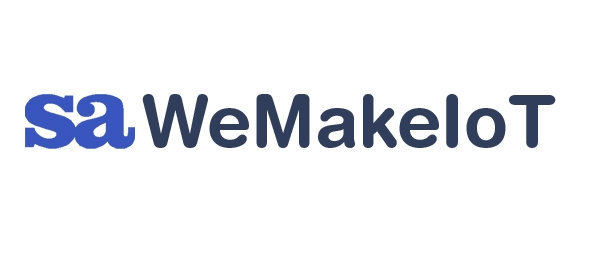Internet of Things (IoT) for Small and Medium Industries
Industry 4.0 is in every industries door-steps. Internet of Things makers is providing useful ideas for innovative digital solutions in the industrial sector. They are sharing industry best practices, project events and impulses to get started in the industrial IoT. They are convincing how agile development can transform an idea into a successful IoT solution in just a few days.
Internet of Things, Industry 4.0 and Smart Factory, are no more buzzwords in business since it has become inevitable standard business enablers for Small and Medium ( SME) companies. Innovative SME companies are coming up with smart solutions, new business models and more efficient performance processes.
Whether you are an innovator start-up SME or a market leader, an MNC,, interest towards the Internet of Things and its adoption is currently enormous. Responsible people are concerned with how to optimise processes and the resources within and across organisations. While many different IoT definitions circulate, the ultimate goal is to make things smarter by communicating with one another; the focus is on the objects, sensors & smart devices. These are embedded into the devices, to collect data about users and along the value chain of processes. This redefines our understanding of the product because new business models are also conceivable. SMEs understand consumers much better and can act much more efficiently throughout the entire performance process.
Basic IOT Structure:
The basic structure comprises of four elements: Sensors/controllers, data accessing technology, data storage & processing technology, data analytics, and security system. The network can be wired or wireless short ( Bluetooth, wifi,) or long-range, mobile (3G or 4G.) or even low-speed technologies.
There is an application which collects data from the network of objects to provide aggregated and reprocessed information.
This potential makes IoT more and more in the focus of the industry.
Industrial Environment:
In an industrial environment, it is much more complex, and an array of applications will be used to perform certain processes. Companies have even coined a version of IoT tailored or Custom IoT to their environment, the Industrial Internet of Things. ( IIOT). This term subsumes terms such as smart factories, the inclusion of Artificial Intelligence, Robotic Process Automation for repetitive tasks, extreme automation, or industrial robots on assembly lines, allows a clear demarcation from the IoT world of end consumers. This paradigm shift in the manufacturing industry is known as the fourth Industrial Revolution ( IT 4.0) or Industry 4.0. ( i4.0).
The key challenge for SME buyers:
The critical challenge is in the delivery of the project on time, budget, and its return on investment. The IoT provider must provide a detailed description of the service provided, components used, and its maintenance details in the very early stage of the project. These are solutions that will have 3rd party products, and support should not be a challenge during the actual functioning of the project. Example: Data availability and connectivity assurance: The end-users will expect full-time data from connected smart devices and stations. If there are multiple touchpoints and its full-time connectivity are to be provisioned through distributed architectures. Companies are offering 6 hours to 15 minutes response mechanism and off late some are in guaranteeing zero downtime or ZERO failure rate. SO the SLA points are based on the criticality of each project and its goal.
Write to us to know more about WemakeIOT and what are critical SLAs that an SME should consider while awarding IoT projects to IoT developers.
Emails: info@wemakeiot.com



